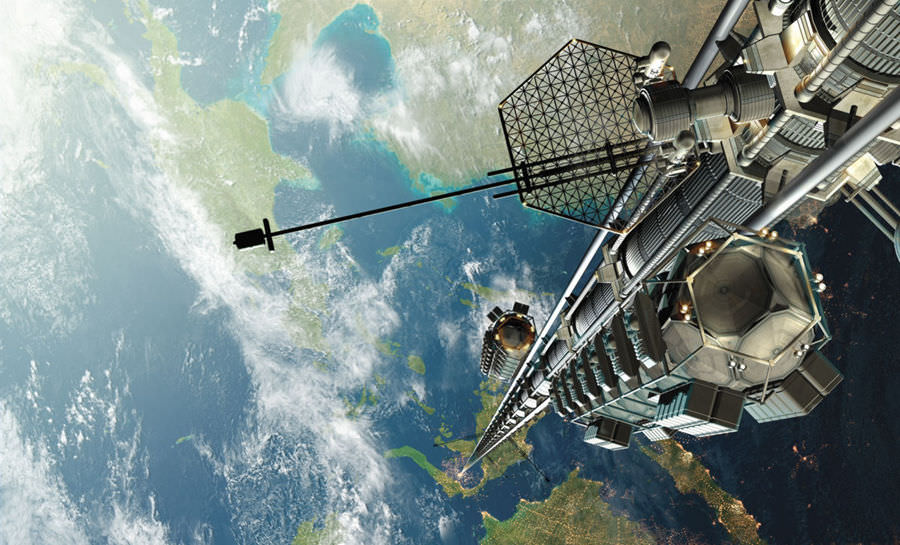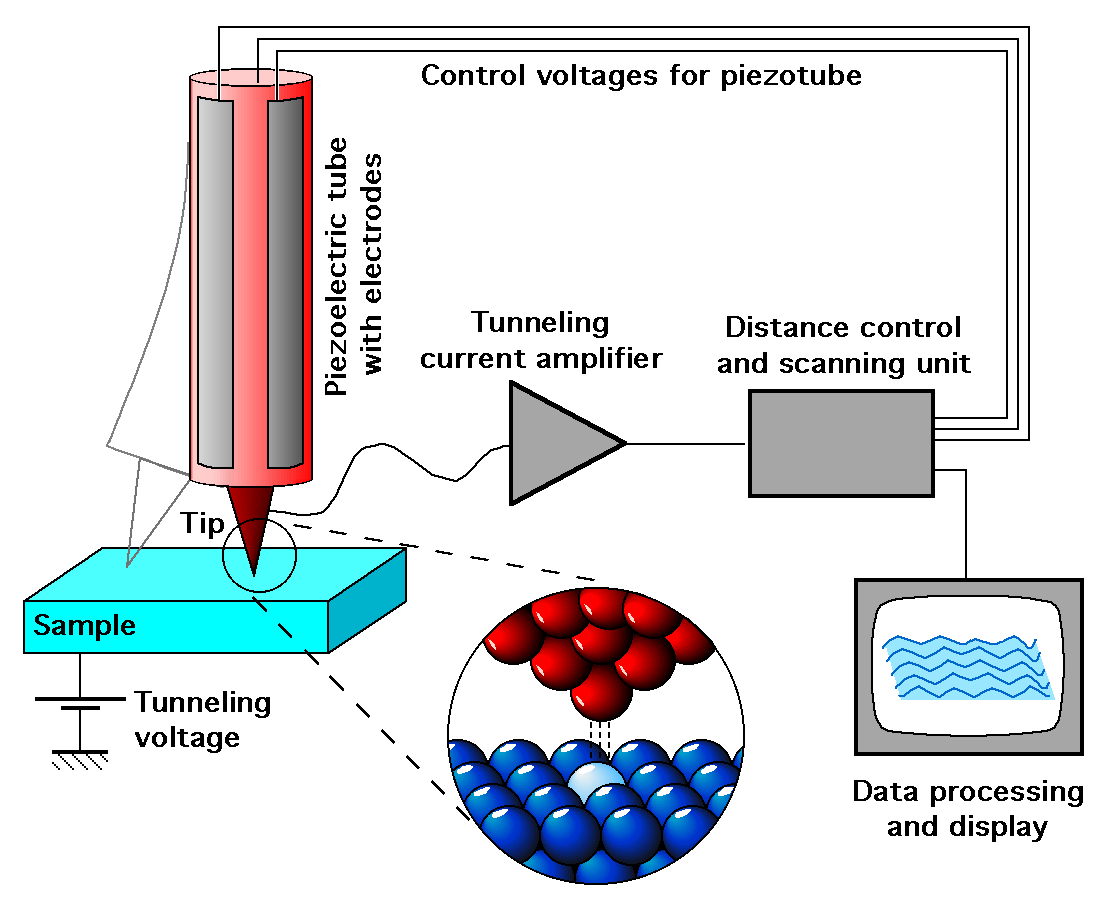While my experience at the Getty Center was enjoyable, the exhibits that I saw did not reflect much science and technology. Primarily, the museum seemed to lean more towards traditional art, sculpture, and photography. Nevertheless, there were a few aspects about the Getty worth mentioning that combined art and science to a certain degree.
A picture showing the arrival of the tram at the Getty.
Surprisingly, the most technological parts about the Getty were not inside the exhibits themselves. Upon arrival, the tram created an illusion that there was going to be some sort of technology integrated within the museum. Even though it was not technically art, the tram did provide a nice introduction to the museum along with a nice view of the surrounding area. At the tram’s arrival plaza, there was a sculpture known as Martin Puryear’s That Profile (1999). Although it was standing right in plain sight, it could be easily overlooked since it was not part of a specific exhibit. The wired metal structure reminded me of the tensegrity ones described in the readings[1]. It did not possess the same symmetry, but it seemed to be engineered in a way that played with the ideas of tension and compression.
This structure is That Profile made by Martin Puryear in 1999[1].
A majority of the exhibits, though, showcased older European art. Despite the fact that these pieces did not focus on neither science nor technology, they did show concepts related to mathematics. Most notably, Gerrit van Honthorst had a strong sense of perspective in his ceiling painting A Musical Group on the Balcony (1622). To see it, my group and I had to crane our necks backwards to see a number of faces returning our gazes. Personally, I thought that this was an interesting take on the use of perspective. Instead of doing a general landscape, the artist used a vanishing point directed up towards the sky. By doing so, his painting left a lasting impression in my mind.
A photo of Gerrit van Honthorst's A Musical Group on the Balcony[2].
Unfortunately, the one exhibit that did have the most relevance to this class restricted the use of videos and photographs. The exhibit was called Electric, and it displayed a number of photographs dealing with electronics. The Study on How Men Walk, Man Wired with Lights, Walter Reed Hospital, Washington, D.C. (1946) by Gjon Mili seemed to touch upon the idea of cyborgs[2]. The frame-by-frame shots of the legs can even lend itself well in creating better electronic prosthetics and humanoid robots. On the other hand, Kunie Sugiura’s After Electric Dress A Positive 4 brilliantly showed the beauty of wearable electronics. The lights on the dress created a dazzling display against the black silhouette. Finally, Naoya Hatakeyama utilized the most technology in his work Maquettes/Light #5806 by placing a light box behind his portrait. This effect made these standard photos literally shine, which contributed to the realism of the piece. Altogether, this exhibit was the highlight of my visit with its deeper connection to art and technology (as well as my major).
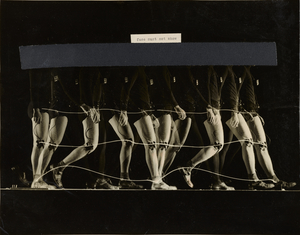

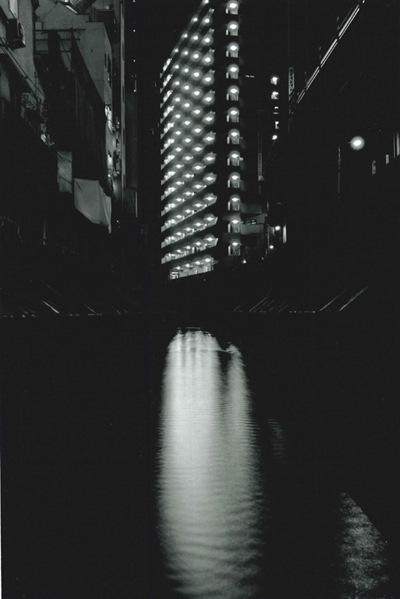
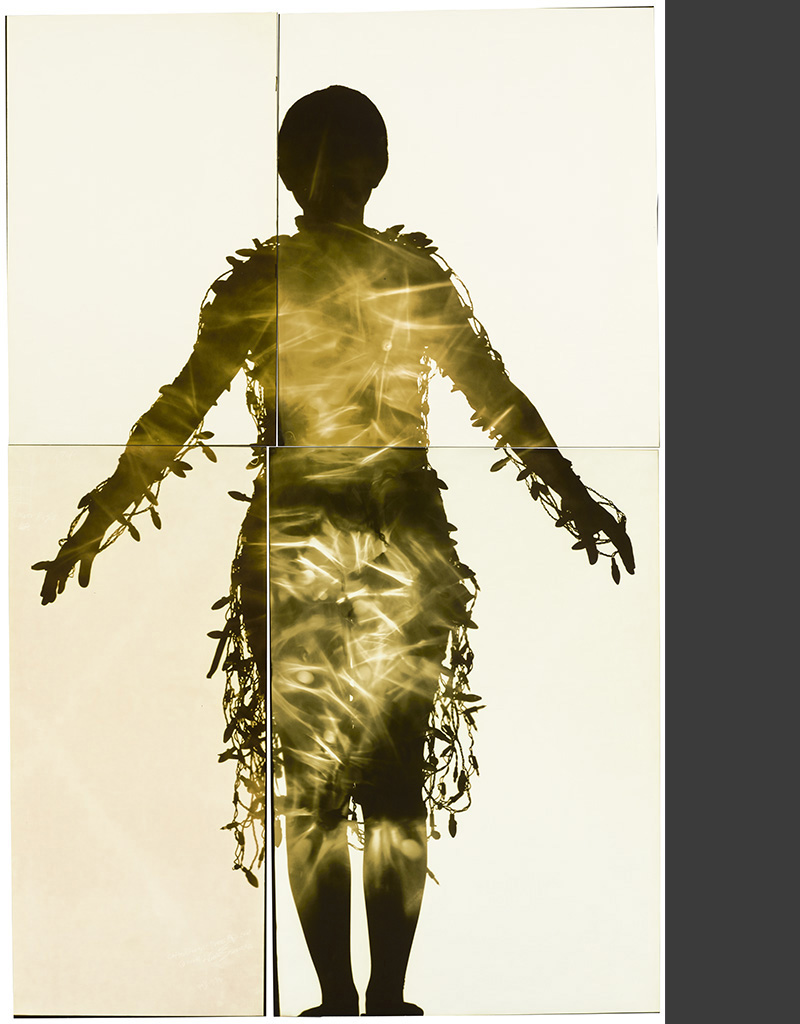
The pictures of Mili's The Study on How Men Walk, Man Wired with Lights, Walter Reed Hospital, Washington, D.C. (upper left)[3], Hatakeyama's Maquettes/Light #5806 (lower left)[4], and Sugiura’s After Electric Dress A Positive 4 (lower right)[5] are all taken from the internet. My proof of attendance next to the poster of the exhibit at the Getty is also shown (upper right).




The pictures of Mili's The Study on How Men Walk, Man Wired with Lights, Walter Reed Hospital, Washington, D.C. (upper left)[3], Hatakeyama's Maquettes/Light #5806 (lower left)[4], and Sugiura’s After Electric Dress A Positive 4 (lower right)[5] are all taken from the internet. My proof of attendance next to the poster of the exhibit at the Getty is also shown (upper right).
For the
purpose of this class, there seemed to be less of a focus on the union between
art and science at the Getty Center compared to other places like LACMA. This
did not result in a bad experience, though. As a matter of fact, I quite liked
the Getty’s aesthetic atmosphere, and I was still able to make several insights about the artworks.
Sources:
1. Ingber, Donald E. "The Architecture of Life." Scientific American Jan. 1998: 48-57. Print.
2. Vesna, Victoria. "Robotics: Part 2." YouTube. uconlineprogram, 15 Apr. 2012. Web. 23 July 2016. <https://www.youtube.com/watch?v=oAZ8bo9T_Pk>.
Artworks:
1. Puryear, Martin. That Profile. 1999. The Getty Center, Los Angeles.
2. Van Honthorst, Gerrit. A Musical Group on the Balcony. 1622. The Getty Center, Los Angeles.
3. Mili, Gjon. The Study on How Men Walk, Man Wired with Lights, Walter Reed Hospital, Washington, D.C. 1946. The Getty Center, Los Angeles. The J. Paul Getty Museum. J. Paul Getty Trust. Web. 23 July 2016. <http://www.getty.edu/art/collection/objects/248277/gjon-mili-study-on-how-men-walk-man-wired-with-lights-walter-reed-hospital-washington-dc-american-1946/>.
4. Hatakeyama, Naoya. Maquettes/Light #5806. 1995. The Getty Center, Los Angeles. Taka Ishii Gallery. Taka Ishii Gallery. Web. 23 July 2016. <http://www.takaishiigallery.com/en/archives/1355/>.
5. Hatakeyama, Naoya. After Electric Dress A Positive 4. 2002. The Getty Center, Los Angeles. The J. Paul Getty Museum. J. Paul Getty Trust. Web. 23 July 2016. <http://www.getty.edu/art/exhibitions/focus_electric/>.
Sources:
1. Ingber, Donald E. "The Architecture of Life." Scientific American Jan. 1998: 48-57. Print.
2. Vesna, Victoria. "Robotics: Part 2." YouTube. uconlineprogram, 15 Apr. 2012. Web. 23 July 2016. <https://www.youtube.com/watch?v=oAZ8bo9T_Pk>.
Artworks:
1. Puryear, Martin. That Profile. 1999. The Getty Center, Los Angeles.
2. Van Honthorst, Gerrit. A Musical Group on the Balcony. 1622. The Getty Center, Los Angeles.
3. Mili, Gjon. The Study on How Men Walk, Man Wired with Lights, Walter Reed Hospital, Washington, D.C. 1946. The Getty Center, Los Angeles. The J. Paul Getty Museum. J. Paul Getty Trust. Web. 23 July 2016. <http://www.getty.edu/art/collection/objects/248277/gjon-mili-study-on-how-men-walk-man-wired-with-lights-walter-reed-hospital-washington-dc-american-1946/>.
4. Hatakeyama, Naoya. Maquettes/Light #5806. 1995. The Getty Center, Los Angeles. Taka Ishii Gallery. Taka Ishii Gallery. Web. 23 July 2016. <http://www.takaishiigallery.com/en/archives/1355/>.
5. Hatakeyama, Naoya. After Electric Dress A Positive 4. 2002. The Getty Center, Los Angeles. The J. Paul Getty Museum. J. Paul Getty Trust. Web. 23 July 2016. <http://www.getty.edu/art/exhibitions/focus_electric/>.




